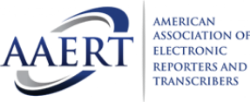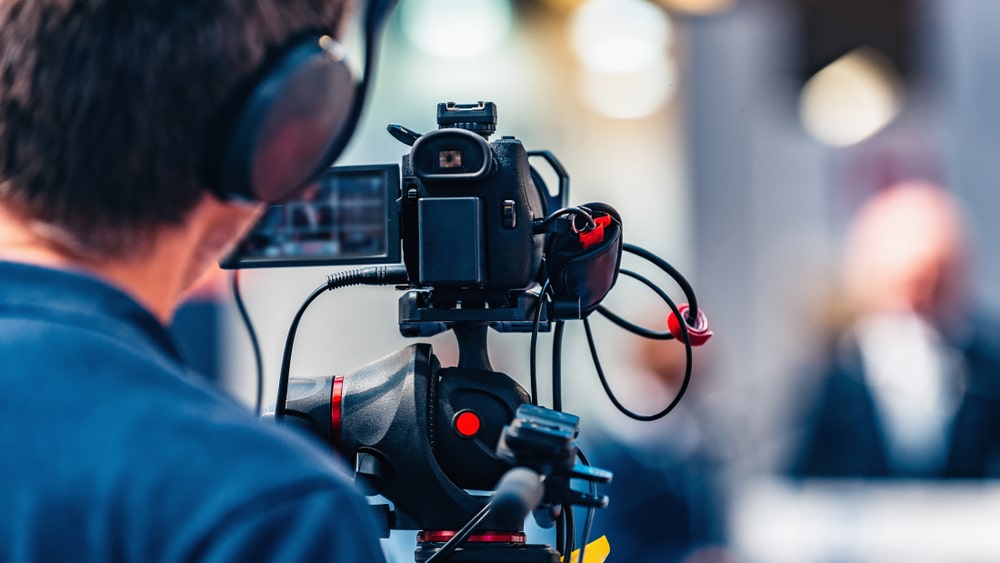Why Legal Videography Is Vital for Accurate Court Recordings
The duty of legal videography in courtroom setups can not be overemphasized, as it serves as an important device for preserving the honesty of court documents. The implications of incorporating lawful videography into typical court practices elevate crucial questions concerning its wider impact on the lawful system.
Significance of Visual Proof
In the realm of lawful proceedings, the value of visual proof can not be overstated. Aesthetic evidence offers as a powerful device in establishing realities, proving testimonies, and improving the overall clearness of a case. This kind of proof, that includes pictures, videos, and representations, can provide a concrete context that spoken descriptions usually do not have, thereby providing courts and judges a clearer understanding of the conditions surrounding an instance.
Furthermore, aesthetic proof help in the retention of information. Human cognition is inherently aesthetic, and individuals are most likely to bear in mind and understand information presented in a visual style. In the court room, this can be essential, as compelling aesthetic proof can guide point of views and reinforce the narrative presented by legal agents.
In addition, using aesthetic proof can minimize misunderstandings and ambiguities that typically develop from spoken exchanges. By giving a straight depiction of occasions, aesthetic proof aids to remove subjective analyses and cultivates an extra unbiased assessment of the truths. The assimilation of aesthetic evidence into lawful process not only enhances the integrity of the judicial procedure yet likewise enhances the likelihood of achieving a simply result.
Catching Non-Verbal Cues
Making use of sophisticated videography techniques can considerably enhance the capture of non-verbal signs throughout lawful proceedings. Non-verbal interaction, including face expressions, body movement, and eye contact, plays a crucial duty in communicating emotions and purposes that may not be clearly specified in verbal statement. legal videography. Legal videography utilizes high-definition cams and tactical angles to make certain that these subtle signs are tape-recorded with quality and precision
The capacity to evaluate non-verbal actions can offer beneficial context to statements made throughout court sessions. For example, a witness's unwillingness or self-confidence can be interpreted via their posture or motions, possibly influencing the jury's assumption of integrity. Moreover, making use of close-up shots can help focus on an audio speaker's expressions, allowing for a more nuanced understanding of the testimony.
Furthermore, incorporating several video camera angles can create a detailed view of communications, highlighting characteristics in between events entailed. This multifaceted approach not only enhances the accuracy of the court record but also aids in preserving the integrity of the judicial process - legal videography. Ultimately, capturing non-verbal cues through legal videography cultivates a richer, more full depiction of court room process

Enhancing Testimony Dependability
The reliability of statement can be considerably bolstered with using top notch legal videography. Video clip recordings act as an objective tool that captures not only the talked words of witnesses but additionally the nuances of their shipment, consisting of tone, pacing, and emotional expressiveness. This diverse documents offers a more clear understanding of the witness's reliability and purposes, which can be pivotal in legal process.
Moreover, legal videography lessens the possibility for misconceptions that might emerge from written transcripts alone. When jurors can observe a witness's temperament and body movement in combination with their testament, they are linked here better geared up to examine the credibility and integrity of the evidence presented. This visual context can strengthen the testimonial narrative, making it a lot more engaging and credible.
Additionally, the existence of a video recording can prevent possible incongruities in testament. Witnesses might be more cautious in their statements when they know they are being tape-recorded, causing even more precise and sincere accounts. Generally, high-grade lawful videography boosts the honesty of testament, making sure that the court has accessibility to a total and sincere representation of the facts as conveyed by the witnesses.
Supporting Appeals and Reviews
Lawful videography plays an essential role in supporting appeals and testimonials by giving a thorough visual record of courtroom process. This aesthetic documents catches not only the spoken words of witnesses and lawyers yet likewise the nuances of body language, intonation, and courtroom characteristics. Such aspects can be critical in understanding the context of testaments and arguments offered.
In the appellate procedure, where the focus gets on errors of regulation and step-by-step fairness, a video clip record can work as an important device for appellate courts. It allows judges to examine the original test context, ensuring that choices are based on a full understanding of the proceedings. The capability to visually examine the disposition of witnesses or the communications between celebrations can reveal insights that created transcripts may forget.

Furthermore, lawful videography can assist in clarifying uncertainties in testaments or step-by-step rulings, consequently reinforcing the basis for an appeal. By providing a trusted, objective account of what transpired in court, legal videography not just sustains the honesty of the lawful process however likewise encourages all events involved to make informed decisions regarding their situations.
Improving Courtroom Processes
Enhancing courtroom performance, lawful videography simplifies procedures by giving prompt accessibility to aesthetic records of proceedings. This technology allows courts, lawyers, and courts to review vital testimony and evidence, ensuring that all parties have a clear understanding of the instance. By recording the nuances Learn More Here of verbal and non-verbal communication, videography enriches the document, making it simpler to realize the context and weight of statements.

Additionally, video recordings can help with remote involvement in hearings, permitting better adaptability in organizing and engagement, which is specifically beneficial in intricate cases involving multiple stakeholders.
Conclusion
Finally, legal videography plays a vital role in ensuring exact court recordings by giving crucial aesthetic proof that catches both verbal and non-verbal communication. This practice boosts the integrity of testaments, sustains appellate evaluations, and streamlines court procedures. By Recommended Reading promoting a thorough understanding of courtroom characteristics, legal videography ultimately adds to extra equitable judicial results, enhancing the integrity of the legal system and promoting informed decision-making.